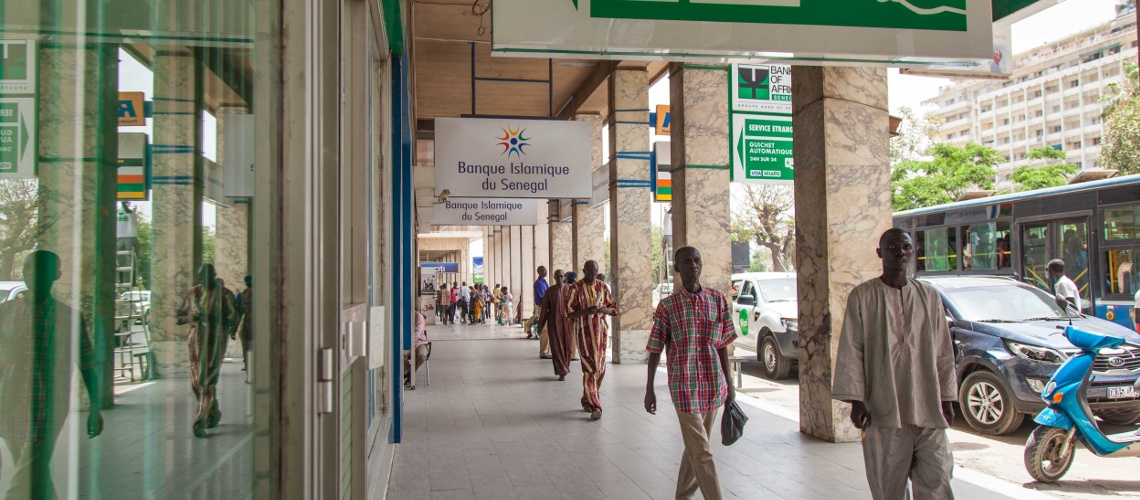Global remittances to sub-Saharan Africa slumped by 12.5% to $42 billion in 2020 from $48 billion in 2019 in the wake of the COVID-19 pandemic, a new report by the World Bank and Knomad reveals.
The decline has been attributed to movement restrictions introduced in most countries around the world and a rise in unemployment in the main host countries.
Nigeria, the largest recipient of foreign remittances in the region, recorded a 27.7% drop in remittance flows in 2020. The World Bank report says the West African country suffered from the high premium on the naira/U.S. dollar exchange rate in the informal markets and unsuitable policies for money transfer agents. Transfers into Nigeria accounted for over 40% of the total remittance flows to sub-Saharan Africa.
Excluding Nigeria, remittance flows to the region jumped 2.3%, defying analysts’ predictions. Ghana, Kenya, Mozambique and Zambia recorded 5%, 9%, 16% and 37% growth in remittances respectively. Inflows into Kenya were boosted by transfers from the United States, which is home to more than a quarter of Kenyan migrants.
The cost of sending money into Sub-Saharan Africa remained high in 2020. The region had the highest average remittance cost at 8.2% in the fourth quarter of 2020 compared to other regions like East Asia and Pacific at 6.9%, Latin America at 5.6%, and South Asia at 4.9%.

